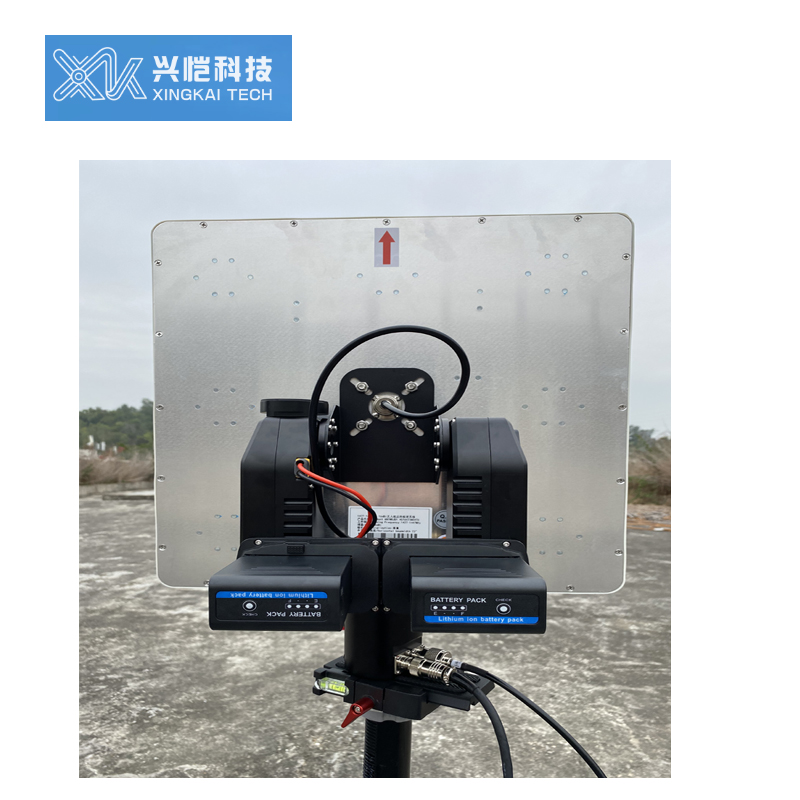Aviation has recently seen significant technological advancements, particularly in tracking and monitoring systems. Among the notable contributors to this progress is Xingkai, a renowned aerospace technology, and innovation leader. Xingkai’s airborne aviation tracking systems have emerged as a game-changer, revolutionizing air traffic control and ensuring safer skies for all.
Xingkai’s airborne aviation tracking systems are designed to provide enhanced surveillance capabilities for air traffic control authorities. These systems utilize advanced radar and satellite technologies to accurately track the aircraft’s position, altitude, and speed in real-time. By leveraging this comprehensive data, air traffic controllers can make informed decisions and manage air traffic with unprecedented precision and efficiency.
One of the critical strengths of Xingkai’s tracking systems is their ability to integrate data from multiple sensors, including radar, ADS-B (automatic dependent surveillance-broadcast), and MLAT (multilateration). This integration enables a holistic view of the airspace, ensuring that controllers have access to accurate and up-to-date information on aircraft movements. Fusing data from diverse sources enhances situational awareness and enables swift responses to potential safety or security concerns.
Xingkai’s commitment to quality and innovation is evident in the remarkable accuracy and reliability of their tracking systems. Integrating advanced algorithms and cutting-edge sensor technologies ensures precise positioning and tracking of aircraft, even in challenging conditions. This level of accuracy is crucial for maintaining safe separation distances between aircraft, preventing collisions, and optimizing airspace utilization.
Xingkai’s tracking systems are designed to facilitate seamless data sharing between different stakeholders within the aviation industry. Air traffic controllers, airline operators, and even pilots can access real-time information on aircraft positions and trajectories. This shared situational awareness promotes collaborative decision-making and enables the implementation of dynamic routing, reducing congestion and optimizing flight paths. Moreover, the availability of accurate data enables proactive measures to mitigate potential risks, such as adverse weather conditions or airspace restrictions.
Xingkai understands the importance of keeping up with technological advancements in the aviation industry. Their tracking systems are designed to seamlessly integrate with next-generation technologies such as AI (Artificial Intelligence) and machine learningThis predictive capability empowers air traffic controllers to take proactive measures, thereby enhancing safety and efficiency in air traffic management . Xingkai’s airborne aviation tracking systems have redefined the way air traffic control operates. With their enhanced surveillance capabilities, integration of multisensor data, high accuracy, real-time data sharing, and integration with next-generation technologies, these systems have proven to be instrumental in ensuring safer skies and optimizing air traffic management

Automatic Antenna Tracking PTZ System
Automatic antenna tracking PTZ system For Long-range Fix-wing Model airplane Airborne Innovations tracking antennas. XK-FT300 is designed for use with unmanned aerial vehicle (UAV) on-board antenna systems. Its purpose and objective is to point the antenna precisely in the current direction of the aircraft, thus allowing the video receiver to pick up the strongest signal possible at a given distance and other factors.
: Airborne Aviation Tracking Systems of Xingkai